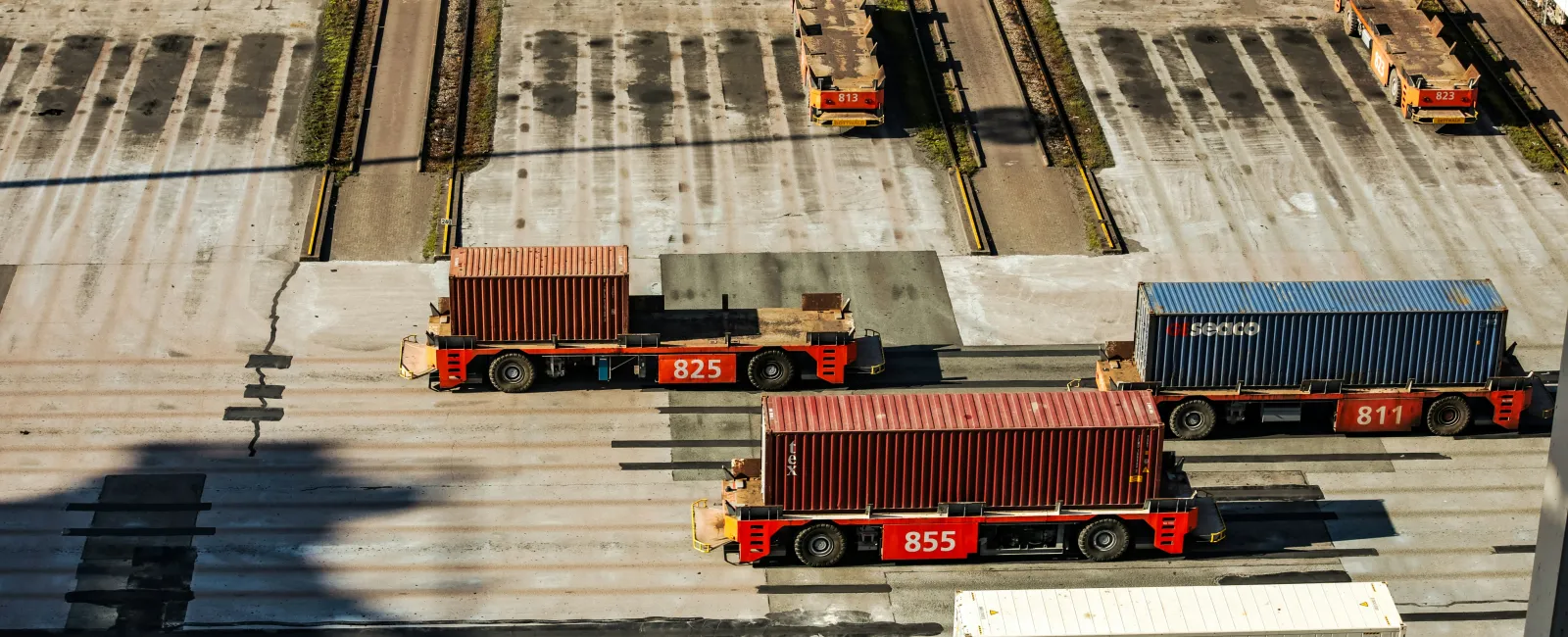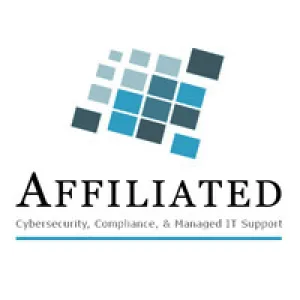Supply Chain Cybersecurity Is No Longer Optional
Today's logistics operations aren't just physical networks, they're digital battlegrounds. And the threat landscape is escalating. Sophisticated cybercriminals target the weakest link in your supply chain to gain access to entire ecosystems of sensitive systems, operational data, and customer trust.
While many companies have hardened their own networks, attackers increasingly exploit vulnerabilities within third-party vendors and software providers.
This blog explores how logistics and supply chain leaders can strengthen their cybersecurity posture, meet compliance requirements, and position their companies to thrive in an era of interconnected risk. Because in 2025, secure logistics aren't just smart business—they're table stakes.
Digital Complexity = Expanding Attack Surface
Modern supply chains are fast, tech-powered, and heavily interdependent. That's a win for operational efficiency—and a nightmare for cybersecurity.
Organizations today rely on transportation management systems (TMS), IoT sensors, driver tablets, cloud-based ERPs, GPS, and connected warehousing tech. These systems are often accessed by dozens of third-party vendors, suppliers, subcontractors, and integration partners.
Unfortunately, each new connection point introduces fresh vulnerabilities:
- Outdated firmware in IoT devices like smart locks or temperature controls
- Unsecured third-party APIs with access to core business systems
- Vendors using poor credential hygiene or shared logins
According to the World Economic Forum, global supply chain interdependencies now pose systemic risk to both national security and enterprise resilience.
Compliance Is No Longer an Exercise—It's a Differentiator
Cybersecurity compliance has evolved from a box-checking exercise into a true business driver. Today, stakeholders expect logistics and supply chain partners to align with recognized security frameworks like NIST SP 800-161, SOC 2, ISO 27001, and the Cybersecurity Maturity Model Certification (CMMC).
Why it matters:
- Vendor assessments are mandatory in nearly all major contract bids.
- Cyber insurance premiums depend on compliance documentation.
- Customers demand proof that your systems and partners can be trusted.
This is where Affiliated's Liability-Guard becomes a strategic asset. Liability-Guard helps you:
- Confidently complete security questionnaires
- Meet HIPAA, FTC, and industry-specific compliance standards
- Align security policies with insurance requirements
- Evaluate third-party risks across your ecosystem
You can no longer afford to see compliance as a burden. In reality, it's the foundation of your competitive advantage.
The Risk Beneath the Surface: Third-Party Vendors
Nearly 29% of all reported breaches in 2022 stemmed from third-party vulnerabilities. That number is expected to rise. The truth is, many logistics providers have dozens of direct vendors—each with their own set of vendors.
Without strong vendor risk management, your organization is only as secure as the least protected system connected to yours.
Vendor Risk Assessments Should Include:
- Cybersecurity posture (MFA, encryption, audit logs)
- Compliance history and current certifications
- Incident response capabilities
- Financial health (for long-term resilience)
- Business continuity plans
Affiliated recommends moving from point-in-time assessments to continuous monitoring using automated tools that track changes in partner security controls.
The Reality of Common Breach Points
Cybercriminals know how to exploit trust relationships between organizations. Common tactics include:
Network Supply Chain Attacks:
- Example: Phishing attacks on MSPs or logistics SaaS providers
- Impact: Unauthorized access to client systems via trusted integrations
Software Supply Chain Attacks:
- Example: Infected updates or backdoors in software
- Impact: Mass infiltration
Hardware Supply Chain Vulnerabilities:
- Example: Firmware-level threats that evade detection
- Impact: Persistent access even after software fixes
Physical Logistics Attacks:
- Example: Ransomware on operations infrastructure
- Impact: Production halts, shipment delays, fuel shortages
Every tablet, smart sensor, and vehicle tracking unit represents a possible entry point. It's critical to vet, monitor, and secure these devices across the entire network.
A recommended action plan:
True cybersecurity readiness starts with a strategic roadmap that aligns IT, operations, compliance, and vendor management.
Identify Your Critical Assets
- Map systems, vendors, and data flows
- Prioritize assets tied to delivery, warehousing, and customer SLAs
Evaluate Risk Exposure
- Perform cybersecurity and supply chain risk assessments
- Include third-party and fourth-party dependencies
Implement Strong Contract Language
- Require breach notifications within 48 hours
- Include audit rights and security expectations
Enforce Least Privilege Access
- Ensure vendors only access what they absolutely need
- Require multi-factor authentication for all external logins
Develop a Robust Incident Response Plan
- Include scenarios for vendor compromise, ransomware, or system outages
- Conduct annual tabletop exercises with key partners
Invest in Continuous Monitoring
- Use tools that track real-time changes in vendor security postures
- Flag noncompliant activity or expired certs immediately
Test for Business Continuity
- Simulate what happens when key vendors go offline
- Evaluate fallback processes, alternate supply lanes, and cloud redundancy
This isn't just best practice. It's the only path to resilience.
Business Impact: Why It Matters Now
- 300% increase in supply chain attacks (2020-2021)
- $4.35 million average breach cost (IBM, 2022)
- 280 days to detect a typical breach
- Only 23% of companies monitor third-party risk continuously
The cost of inaction is too high.
Cybercriminals are betting you haven't audited that legacy vendor. They're counting on outdated software sitting in your warehouse network. And they know most companies still rely on reactive security measures.
Affiliated helps companies move toward proactive, preventative cybersecurity built around the unique needs of logistics operations.
What Supply Chain Leaders Must Do Now
You don't need to become a cybersecurity expert overnight. But you do need to act with urgency.
Start Here:
- Run a discovery audit of your tech stack and vendor ecosystem
- Review cyber liability insurance policies for current gaps
- Assign ownership of third-party risk to a dedicated role
- Prioritize security training for frontline operations staff
- Formalize your incident response plan and test it
Need a partner to walk through it? That's what Affiliated is here for.
Become Secure, Compliant, and Resilient
Supply chain leaders are being held to new standards. Customers, regulators, and insurers want proof that your systems—and your partners—are secure, compliant, and resilient.
The old perimeter-based model of IT security won't cut it anymore. Today, protection means complete visibility across your digital ecosystem.
If you want to:
- Win enterprise contracts
- Qualify for cyber insurance discounts
- Avoid million-dollar breach costs
- Sleep better at night knowing your network is locked down
Then it's time to build a cybersecurity strategy that protects not just your systems, but your entire supply chain.
Click Here or give us a call at 614-889-6555 to Book a FREE Consult
Because staying secure isn't just about technology—it's about staying in business.




